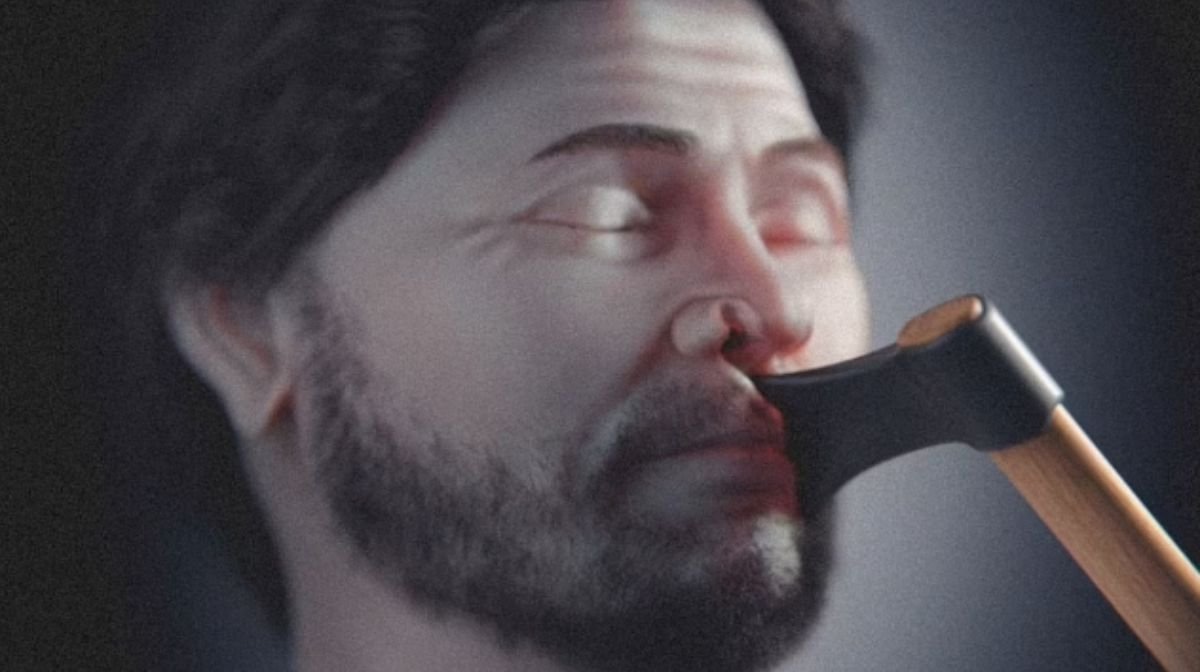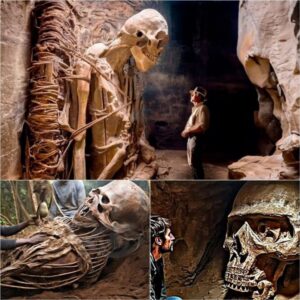In a groundbreaking discovery, researchers have unveiled the reconstructed face of a medieval warrior from 1361, shedding new light on life and death during the Middle Ages. The man, whose remains were uncovered on a Scandinavian battlefield, was likely involved in one of the most brutal conflicts of his time. His skull, preserved over centuries, provided the foundation for a detailed facial reconstruction that reveals the harsh reality of medieval warfare.
Using advanced forensic techniques, experts meticulously studied the warrior’s skeletal remains to recreate his appearance. His injuries tell a story of violent combat. Deep cuts to the skull, likely from a sword or battle axe, offer a grim reminder of the brutality of the 14th century. The bones also suggest the warrior lived a physically demanding life, bearing the marks of hard labor and frequent conflict. Despite the passage of nearly 700 years, the reconstruction offers a vivid glimpse into the past, bringing the human element of history back into focus.

Beyond his injuries, the reconstruction reveals facial features typical of a Northern European male during the medieval era. His square jawline, prominent cheekbones, and deep-set eyes paint a picture of someone who might have been both a laborer and a fighter. While his social standing remains uncertain, his presence on a battlefield suggests he was likely part of the lower ranks of medieval society, fighting for his lord in the hope of securing his survival and livelihood.
This discovery not only provides a window into medieval life but also showcases the advancements in modern technology. The combination of archaeology and forensic science has allowed researchers to breathe life into someone who lived and died centuries ago. The team behind the reconstruction hopes this will lead to further interest in the field, with future discoveries revealing even more about the human stories behind ancient remains. For now, the medieval warrior stands as a powerful symbol of the hardships and resilience of those who lived in one of history’s most turbulent periods.

By studying his remains and reconstructing his face, we are reminded that history is not just about dates and events, but about real people—people who lived, fought, and died in times far removed from our own, yet still connected by the common thread of human experience. Through this warrior’s face, a part of the past comes to life once again, offering both a poignant reminder of mortality and a celebration of the incredible resilience of the human spirit.

